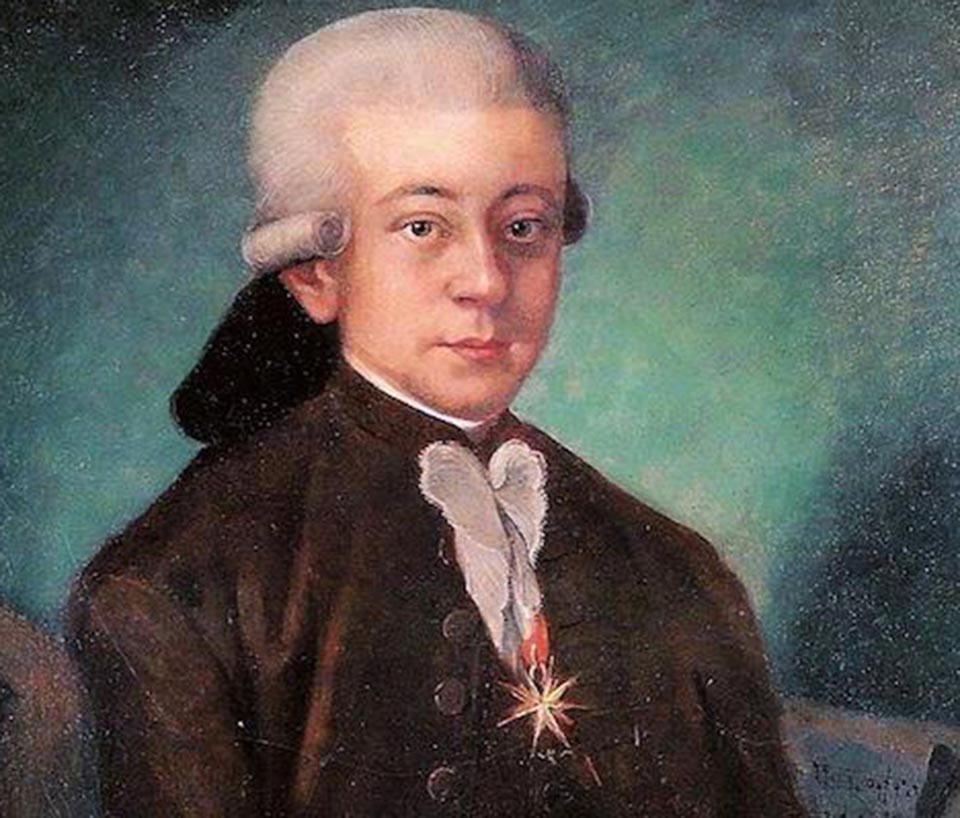
I first came across this phrase as a student and was slightly puzzled because it appeared to be contradictory. Of course, a little bit of unpacking reveals that it isn’t. The expression first appeared in 1855 in a poem by the English writer Robert Browning best known for The Pied Piper of Hamelin.
The phrase impacts on almost everyone, one way or another. For example, fewer commitments bring more freedom; less tension allows more relaxation; fewer inhibitions create more confidence. And sometimes the opposite is also true.
The phrase is of special significance to writers who know that fewer words are more effective than long-winded explanations. In advertising, short slogans or eye-catching images are more persuasive. In the arts, “less is more” reflects the minimalist approaches that have been around for a good many years. The Bauhaus school springs to mind, with its emphasis on relatively simple, aesthetically pleasing design.
Nowhere is the phrase more appropriate than in the performance of 18th century music. Orchestras were smaller then with only about twenty string players and a handful of winds. We don’t need a massive symphony orchestra to play that kind of music. It sounds wrong, for a start. If a symphony requires only a handful of wind instruments, the string section can be correspondingly smaller. In any case, when more stringed instruments are used, the sound changes. Thirty violins sound different to ten violins. Strangely enough, they are not that much louder, but the quality of the sound changes. Fewer instruments produce a cleaner and more well-defined sound. Phrasing and articulation come through more clearly and there’s a clarity and transparency to the sound, often unmatched by larger ensembles. For these reasons, many modern performances of 18th century orchestral works are given by chamber orchestras.
Wolfgang Amadeus Mozart (1756-1791): Symphony No. 29 in A major, K.201. Concertgebouw Chamber Orchestra, Jelena Ristic (concertmaster) (Duration: 23:45; Video: 1080p HD)
The low “K” number indicates an early work. It was written when the composer was just eighteen and has always been one of my favourites ever since my teenage years. It sounded so fresh and so confident and it had such light-hearted charm that I fell for it immediately. Mozart completed the work on 6 April 1774 and it’s a fine example of the so-called style galante (or gallant style), an approach to composing that became enormously popular during the eighteenth century.
The word “galante” comes from the French and was sometimes used to describe a person who was elegant, cultured and virtuous. Musically, the gallant style emphasized simplicity, charm and relatively simple song-like melodies. It was intended to entertain and fall easily on the ear. It was also a reaction against the intense musical complexity of the Baroque which had dominated the early decades of the century.
The symphony is lightly scored for strings along with two oboes and two horns, cast in the usual four-movement form. Today it’s considered the finest of Mozart’s early symphonies. The first movement is unusual in that it begins quietly with a slightly agitated melody over a slowly moving bass, but soon the mood becomes more joyful with passages of wistful elegance, sometimes even touches of melancholy. The lyrical slow movement (07:47) uses muted strings and exudes poise and charm though the minuet (15:32) is more symphonic than dance-like. The finale (18:47) fairly scampers along and contains some lovely harmonies as well as much joyful interplay between the strings and winds. This is as good a version of the 29th as you are likely encounter. This symphony is full of magic moments and a remarkable achievement for the Austrian wonder boy.
Franz Joseph Haydn (1732-1809): Symphony No. 82 in C major (The Bear). Norwegian Chamber Orchestra, cond. Francois Leleux (Duration: 24:58; Video: 1080p HD)
Haydn was at the height of his fame in Europe when in 1786, he was commissioned to write six symphonies for an orchestral series organized by the Lodge of the Paris Freemasons. Haydn found himself writing for an unusually large orchestra for the time, consisting of flute, two oboes, two bassoons, horns, trumpets, timpani and strings. Even so, it was smaller than orchestras of today.
You may be wondering about the bear. Many Haydn symphonies acquired nicknames over the years, probably because there are so many of them. The connection with bears is somewhat tenuous and comes from a recurring feature in the last movement (19:19) in which a drone-like sound imitates the sound of the bagpipes, traditionally used to accompany dancing bears, a popular form of street entertainment at the time. The music is full of Haydn’s typical variety and vivacity and the addition of trumpets and drums gives the work something of a ceremonial flavour, especially in the exuberant and triumphant final movement.





